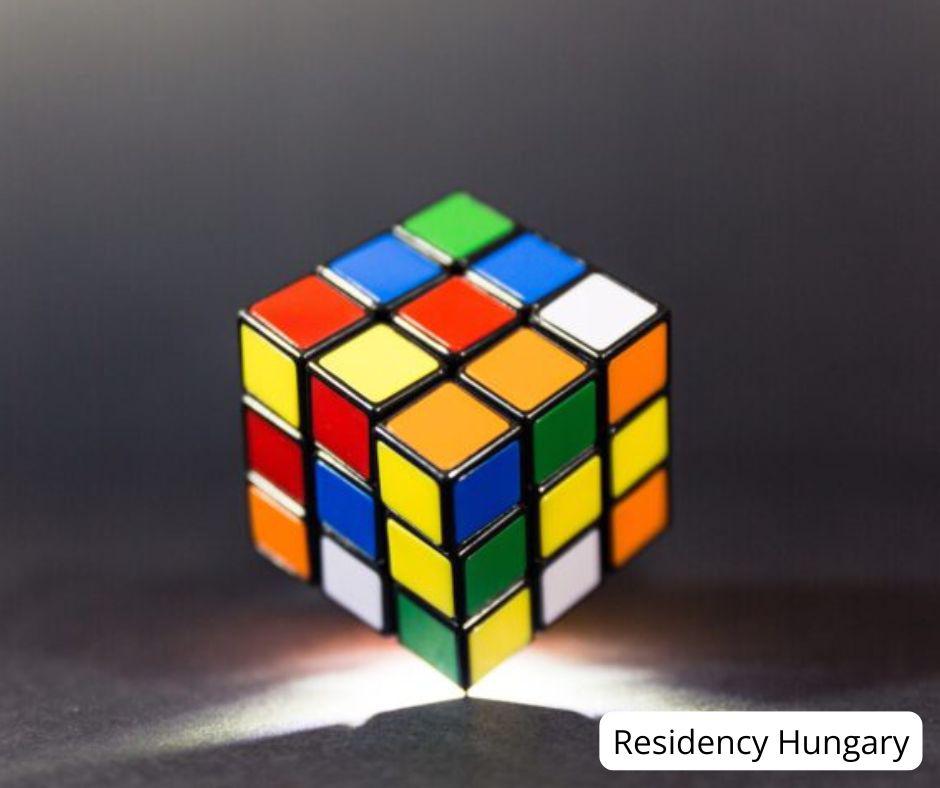Recently, Ernő Rubik Jr. celebrated his 81st birthday. He is a Hungarian sculptor, architect, designer, game inventor, and university professor. Rubik has received numerous accolades, including the title of Artist of the Nation, the Kossuth Prize, and the State Prize of Hungary.
His father, Ernő Rubik Sr., was a mechanical engineer and aircraft designer at the Esztergom aircraft factory, while his mother, Magdolna Szántó, was a poet. In nearly every interview, Rubik Jr. has mentioned that his father served as his primary source of inspiration. Ernő Rubik Sr. is highly regarded as a glider engineer and gained international fame for his expertise and contributions to the field.
He graduated as an architect from the Faculty of Architecture at the Budapest University of Technology in 1967. Afterward, he studied sculpture and interior design at the College of Applied Arts, completing his studies in 1971. Rubik considered his time at the university and the education he received to be a defining experience in his life. Between 1971 and 1979, Rubik taught architecture at the Budapest College of Applied Arts, where he progressed from assistant professor to associate professor. As a design professor at the academy, he focused on creating geometric models.
One of his notable projects was a prototype of a cube made from 27 wooden blocks; it took him a month to figure out how to solve the cube problem. Starting with pieces of wood and rubber bands, Rubik aimed to design a structure that would allow individual pieces to move without causing the entire structure to collapse. He initially chose wood for the cube because of the resources available in his university workshop and because he found it to be a simple material that did not require sophisticated machinery to work with. Rubik crafted the original prototypes of the cube by hand, cutting the wood, drilling holes, and securing his invention together with elastic bands.
Ernő Rubik recognized that the simple design of his cube made it relatively easy to manufacture, which could attract a wider audience. Given that his father held several patents, Rubik was already familiar with the patent process and applied for one for his invention. He located a small company that specialized in plastic and produced chess pieces.
The cube was initially marketed in Hungary under the name "Bűvöskocka." In 1979, Rubik licensed the Magic Cube to Ideal Toys, an American company. Ideal then redesigned the Magic Cube and renamed it the Rubik's Cube before introducing it to an international audience in 1980.
The journey from the cube's prototype to significant mass production took six years. The Rubik's Cube quickly became a worldwide sensation, winning several Game of the Year awards and establishing itself as an iconic figure in popular culture during the 1980s.
By 1980, over 100 million original units had been sold worldwide, with most sales occurring within the first three years of its release. This rapid success greatly contributed to its popularity. To help enthusiasts solve the puzzle, around 50 books have been published on the topic.
To date, more than 350 million Rubik's Cubes have been sold, making it one of the best-selling toys of all time.


